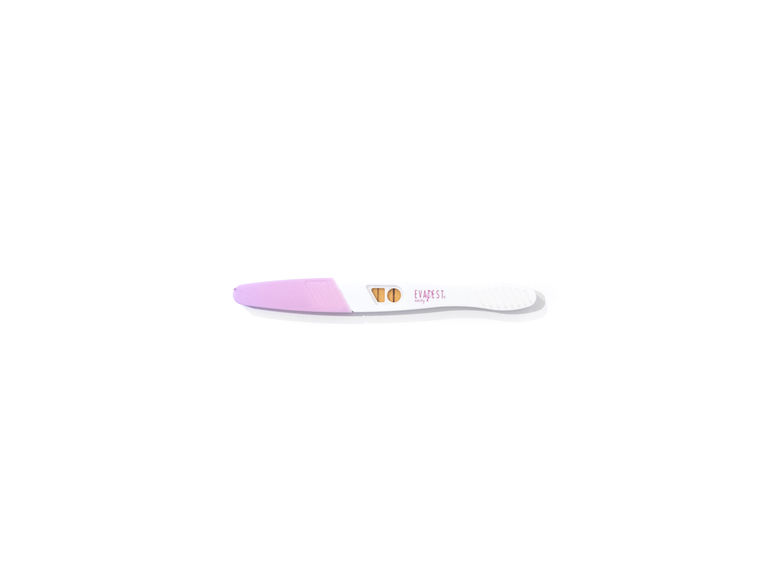Project Detail: Until I expelled it
Contest:
Reportage and Documentary 2020
Brand:
LuganoPhotoDays
Author:
Gianluigi Gurgigno
Project Info
Until I expelled it
According to estimates by Amnesty International, approximately 450,000 women in Argentina each year resort to clandestine practices to terminate their pregnancy: 1233 abortions per day; 51 every hour. Due to the criminalization that surrounds this decision, most abortions occur at home and are often characterized by misinformation and the use of “home” abortion methods. Among the most popular are parsley, knitting needles, cinnamon, rue tea and coat hangers. These methods can cause serious infections and be fatal to the pregnant person or cause permanent disabilities. The WHO estimates that clandestine abortions, often attributable to the methods just mentioned, are the third leading cause of maternal death in the world.
This series is part of a long-term project on the intimate dimension of clandestine abortion in Argentina. It was developed in the city of buenos Aires between 2018 and 2020, looking at the horizon of women and feminist movement's struggles in Argentina: the right of pregnant people to decide about their own bodies.
Since 2005, the National Campaign for the Right to Legal, Safe and Free Abortion - whose distinctive symbol is the green handkerchief - has been at the forefront of demanding a law that protects the health of pregnant people and guarantees the right to decide on their own body. In parallel, the militancy throughout the national territory of the feminist network "Socorristas en Red" - distinguishable from fuchsia wigs in street demonstrations - performs a fundamental function of telephone information and accompaniment to safe abortion with Misoprostol, a drug for which it is possible access only with a prescription or informally, normally used in hospitals to induce childbirth, but which in a certain dosage is considered the safest method to abort independently. Last December 29th, the approval in the Senate of the Law on the legalization of abortion marked a momentous victory for women and feminist movements in Argentina.
Out of respect for the intimacy of the subjects represented and aware that my presence could be highly disturbing in a context such as that of self-induced abortion in hiding, the images in which female bodies appear are stage images. The work is inspired by the experiences of clandestine abortion that emerged in the interviews I have taken part in over the years.












